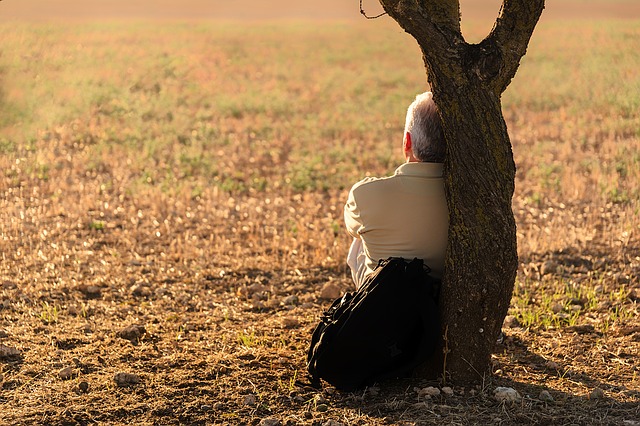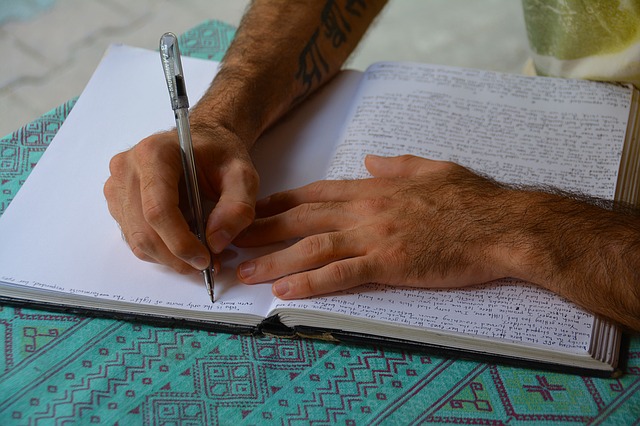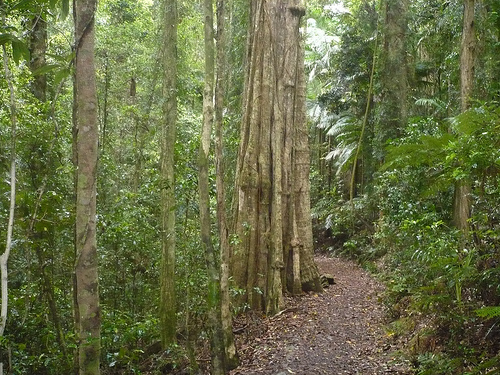I suppose like everyone else you find it hard in your busy life to be still and yet being still is a gateway to happiness, creativity and calm.
Isabel Allende once wrote that “life is nothing but noise between two unfathomable silences”. In explaining these words, she went on to say:
We have very busy lives – or we make them very busy. There is noise and activity everywhere. Few people know how to be still and find a quiet place inside themselves. From that place of silence and stillness the creative forces emerge; there we find faith, hope, strength, and wisdom. However, since childhood we are taught to do things. Our heads are full of noise. Silence and solitude scare us most. (About the author, “The Sum of Our Days”, p. 4.)
As Allende explains, being still is about “being” rather than compulsive “doing”.
Jon Kabat-Zinn, in discussing his Mindfulness Based Stress Reduction (MBSR) program, describes how participants stand and do nothing, sit and do nothing, lie and do nothing – they clear their thoughts and just focus on being. The MBSR Program has proven over more than 30 years to be very successful in helping people deal with chronic stress, panic and many forms of mental illness that are often precipitated by busyness. Kabat-Zinn discusses the program and its origins in his book, Full Catastrophe Living.
Andy Puddicombe suggests that “all it takes is 10 mindful minutes” per day to achieve an increased sense of calm, clarity ad focus. He reminds us that we spend more time looking after our clothes, our hair and how we look, than in caring for our brain – the centre of creativity, energy and happiness. Puddicombe demonstrates how our lives have become an endless juggling act, not only juggling things-to-do but also our self-defeating thoughts:
There are many resources available to motivate you to be still or to show you how to achieve this. RMIT, for example, provides an audio resource on “sitting still” to help students cope with study and life stress. This is part of an online resource that covers “mindfulness and being present“.
Being still and doing nothing is a real challenge, but if you take the time out from your busy life to actually do nothing, for however long each day, you will experience real benefits for your health, well-being and happiness.
Image Source: Courtesy of Pixabay.com


